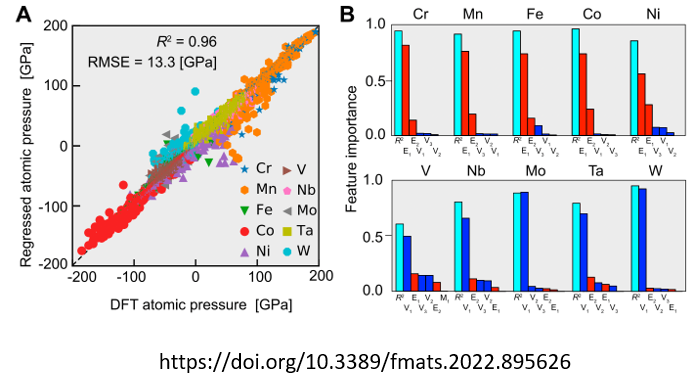Research Center for Smart Information Technology
About
Established : 2021
Director :Professor Norimichi Ukita
Research Outline
Recent information technologies including machine learning and data science are being developed in a variety of research fields. The research center for smart information technology aims to develop basic research and applied research in such information technology areas.
Among all such areas, our main targets are knowledge representation, media processing/recognition, and real-world sensing as the basic research. Based on these basic technologies, we also focus on material informatics, mechanical informatics, and other interdisciplinary application areas.
Members
[Intelligent Information Media Laboratory]
Professor Norimichi Ukita
[Computational Intelligence Laboratory]
Professor Yutaka Sasaki
Associate Professor Makoto Miwa
[Control System Laboratory]
Associate Professor Michihiro Kawanishi
[Information and Communication Engineering Laboratory]
Associate Professor Hajime Matsui
[Solid Mechanics Laboratory]
Associate Professor Yoshinori Shiihara
[Memory Engineering Laboratory]
Professor Hiroyuki Awano
Associate Professor Kenji Tanabe
[Surface Science Laboratory]
Professor Masamichi Yoshimura
Associate Professor Masanori Hara
Research Themes
・Image capture and sensing beyond the limits of sensors and communications, future prediction that are physically unobservable
・Biomedical informatics, Materials informatics, Mechanical informatics, Novel neural computing paradigm
・Error-correcting codes and multi-valued logic functions for next-generation application
・Atomic Simulation Research enhanced by Machine Learning Technology
・Estimation of parameters in a magnet using machine learning
・Development of Novel Nano-materials and its Evaluation Procedures accelerated by the Machine Learning Technology
Miscellaneous
Intelligent Information Media Laboratory
- ■Fundamental technologies for Image and video enhancement
- ■Prediction of complex temporal data
- ■High-performance DNA-code construction with quasi-cyclic codes
- ■Codes and lattices with high sphere-packing density
- ■Development of new quantum error-correcting codes
- ■Multi-valued logic polynomials, discrete Fourier transforms and zeta functions for learning
- ■Iron is an essential material in the industry. The material is composed of many crystal grains, and the grain boundary, which is the interface between the grains, dramatically influences the material's overall mechanical properties. In this study, we used a neural network describing theinteraction of iron atoms to evaluate the properties of iron grain boundaries with high accuracy. As a result, the evaluation of grain boundary energy of iron, which was impossible with conventional methods, was realized with the precision of quantum mechanics.
[Estimation of Internal Stresses in High-Entropy Alloys]
-
■High-entropy alloys are alloys composed of a variety of elements. Their unique structure gives challenging to elucidate the mechanism of their funct them excellent mechanical properties, but it is ional manifestation. In this study, we applied the first-principles atomic stress calculation method together with Random Forest, a machine learning method, to elucidate the internal stress state and its expression mechanism in high-entropy alloys. We found that the internal stress state is governed by the charge transfer and volume change in individual atoms.

Memory Engineering Laboratory
■Estimation of the Dzyaloshinskii–Moriya interaction exchange constant and magneto- anisotropic dispersion from a single magnetic image



